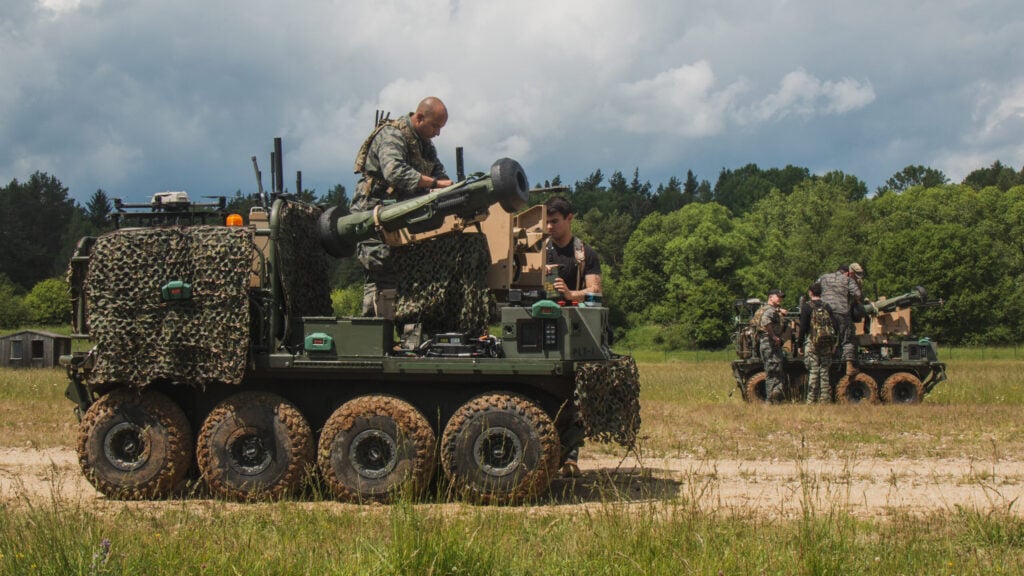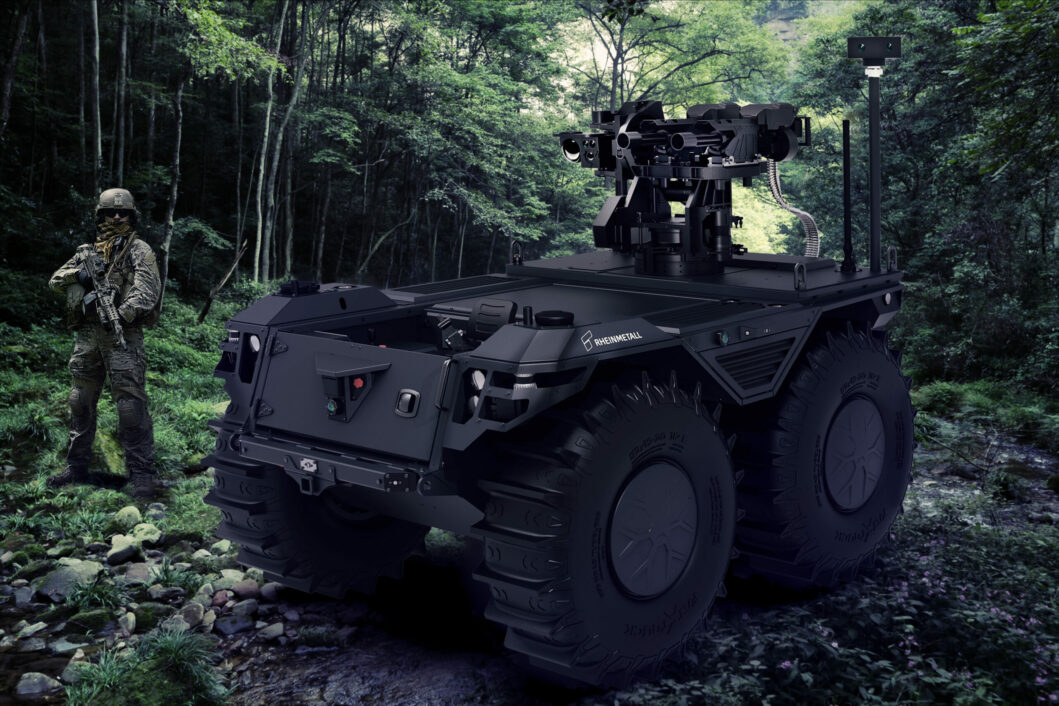markppcli
Army.ca Veteran
- Reaction score
- 6,086
- Points
- 1,260
Not quite. The Army order moves the tanks "out west" but the CA and the RCAC haven't decided what that means in terms of Regimental and bde allocation.
Fair enough, I suppose I just assumed

Not quite. The Army order moves the tanks "out west" but the CA and the RCAC haven't decided what that means in terms of Regimental and bde allocation.
Please don't tell me that anyone is actually considering grouping an RCD, and a 12 RBC and an LdSH tank squadron into one unit in Edmonton. That's right up there with the 2004 Direct Fire Unit.Not quite. The Army order moves the tanks "out west" but the CA and the RCAC haven't decided what that means in terms of Regimental and bde allocation.
I am not saying anything about future plans, but what if I told you that we have had a very happy and effective tank Squadron in Gagetown for the past decade that is half RCD and half 12e RBC?Fun fact. Did you know that the M109 at 24 to 27 tons was thought too heavy for the Canadian Army but the LAV6.0 at 25 to 28 tons is a "Light" Armoured Vehicle?
Please don't tell me that anyone is actually considering grouping an RCD, and a 12 RBC and an LdSH tank squadron into one unit in Edmonton. That's right up there with the 2004 Direct Fire Unit.

I'm not questioning its happiness nor its effectiveness. What I'm questioning is the turf protectionism and PY counting that goes on within the Army's regimental system.I am not saying anything about future plans, but what if I told you that we have had a very happy and effective tank Squadron in Gagetown for the past decade that is half RCD and half 12e RBC?
Assuming for the sake of argument, that the LdSH are receive a tank squadron from each of the RCD and 12 RBC, does that mean the RCD and the 12 RBC will receive a recce squadron each from the LdSH?
It wasn't even anything as strong as an assumption. I was cuing off the line " the CA and the RCAC haven't decided what that means in terms of Regimental and bde allocation."You're assuming a lot, and the LdSH only have a single Recce Squadron.
Rumours are that the LdSH’s second recce squadron now rides aluminum steeds on the West half of the Mattawa…You're assuming a lot, and the LdSH only have a single Recce Squadron.
Fun fact. Did you know that the M109 at 24 to 27 tons was thought too heavy for the Canadian Army but the LAV6.0 at 25 to 28 tons is a "Light" Armoured Vehicle?
Please don't tell me that anyone is actually considering grouping an RCD, and a 12 RBC and an LdSH tank squadron into one unit in Edmonton. That's right up there with the 2004 Direct Fire Unit.


I wonder if you could install this on the back of an ISV? Would be nice to have a common chassis for LIB support weapons.
View attachment 71414


In 2019, before there was a Project Origin, a US Army unit in Germany received notice that it would receive the Small Multipurpose Equipment Transport (S-MET) vehicle, a small platform that hauls soldier equipment alongside them. The unit went back to the Army’s Combat Capabilities Development Command and asked, “What else can it do?” according to Willert.
The question sparked a series of conversations within the Army that ultimately led to the Project Origin vehicle, Willert said. The Ground Vehicle Systems Center integrated different payloads onto the vehicle, loaded it up with the autonomous and teleoperations capabilities. After tinkering for a few more months, GVSC took the vehicle to its first soldier event back in Germany in March 2020. Since then, Project Origin has aimed to experiment with soldiers every six months, Willert said.
“After the first experiment … in Germany back in 2020, we realized we had lightning in a bottle,” Wallace said. “This thing was light, it was agile. We could do multiple iterations over time.”
Since that first exercise with soldiers, Project Origin robotic vehicles have fought alongside infantry, armor and special operations units as they train for future missions. Each passing exercise gives the Army more data about how soldiers will interact with robots on the battlefield and informs what capabilities robots can be packed with in battle.
For example, last September, the Project Origin vehicle integrated into the adversary force at a Joint Readiness Training Center rotation at Fort Polk, La. During that exercise, the RCV surrogate successfully blocked intersections and helicopter landing zones, taking tactical risks that could be deadly for soldiers.
At a June exercise in Germany, the unmanned platform snuck behind enemy lines and fired a smoke grenades on an unsuspecting forward area refueling point, preventing attack helicopters from responding to an incoming air assault. In another training exercise with special operators, a Project Origin vehicle, remotely controlled by two Special Forces soldiers, made initial contact with an opposing force and cleared the outside of the building before the Green Berets went in.
With each exercise, the Army learned a little bit more about how it can deploy its metallic sidekicks.
“The winners we’ve identified [for] payloads are the mobile smoke observation package, counter-UAS, and tethered-UAS,” Wallace said. “Now we’re starting to work on some of the more multi-domain aspects of the payloads. We wouldn’t have been able to get where we are without these rapid and iterative approaches.”
With the new CXT, Rheinmetall’s Mission Master family of autonomous unmanned ground vehicles (A-UGV) has seen a new addition. At AUSA, Rheinmetall unveiled the new Mission Master, which also features a new Remote Weapon Station (RWS). The new RWS is armed with a 7.62 mm M134D twin gatling gun from Dillon Aero and is provided with a fire control system which includes a radar sensor, allowing the system to be used for both Counter-UAV defence and close fire support.
The Mission Master CXT features a hybrid powertrain that enables silent and amphibious transport of heavy payloads of up to 1,000 kg in difficult terrain. Thanks to the combined power of a diesel engine and a quiet electric motor, the A-UGV has an overall range of 450 km (including 50 km with batteries). With tire pressure control, traction can be adapted to the terrain.
In terms of dimensions, the A-UGV is sufficiently small to be carried as an internal load on a range of aircraft, including CH-47s, CH-53s and C-130s, as well as commercial airliners.

 euro-sd.com
euro-sd.com


They areI wonder if you could install this on the back of an ISV? Would be nice to have a common chassis for LIB support weapons.
View attachment 71414
Well the chassis is the Argo built in Ontario by ODG of New Hamburg ON.And the Brits ordering from Quebec.
UK orders seven more Mission Master A-UGVs from Rheinmetall
The UK Ministry of Defence (MoD) ordered seven Mission Master autonomous unmanned ground vehicles (A-UGVs) from Rheinmetall in January, the company announced in a press...www.janes.com
Apparently they are now in possession of 15 of the smaller 8x8 Argo Mission Masters
7x Cargo
4x Fire Support
4x ISTAR
Well the chassis is the Argo built in Ontario by ODG of New Hamburg ON.
Pierre Senior.. thought he died prior to the initial buy? Clarification pls!No argument - The Vickers was a better gun than the Browning. If you are going to have to lug that much weight it might as well be useful.
Or you could put wheels on it

Ukrainian Soldiers Shoot Maxim Machine Gun
Ukrainian soldiers shoot maxim machine guns on a firing range.www.military.com
Thanks for that. Just thinking that, if it existed, a sight that combined the ballistics computations of the Aimpoint FCS13 with the registration of the C2 would be interesting. If its one or the other I would stick with the C2.
Hey. Where did I, on this thread, mention anything about the Grizzly?
I won't argue any of your points. The LAV is a much superior piece of kit for what the Canadian Army wants it to do. The AVGP was adequate for what Pierre Senior wanted it to do - keep the FLQ off the streets.
Having said that - babies and bathwater.
The Swiss modified their AVGP 6x6s in the early 2000s. They took the old turrets off them and replaced them with a proper RWS
View attachment 70917
Now the question is - That? (at 9800 kg kerb weight and amphibious)
Or This? (14,500 kg kerb weight and not amphibious)
View attachment 70918
Or even this? (at 6400 kg kerb weight and not amphibious).
View attachment 70919
But we are getting off track now.
The CAR ring any bells?
